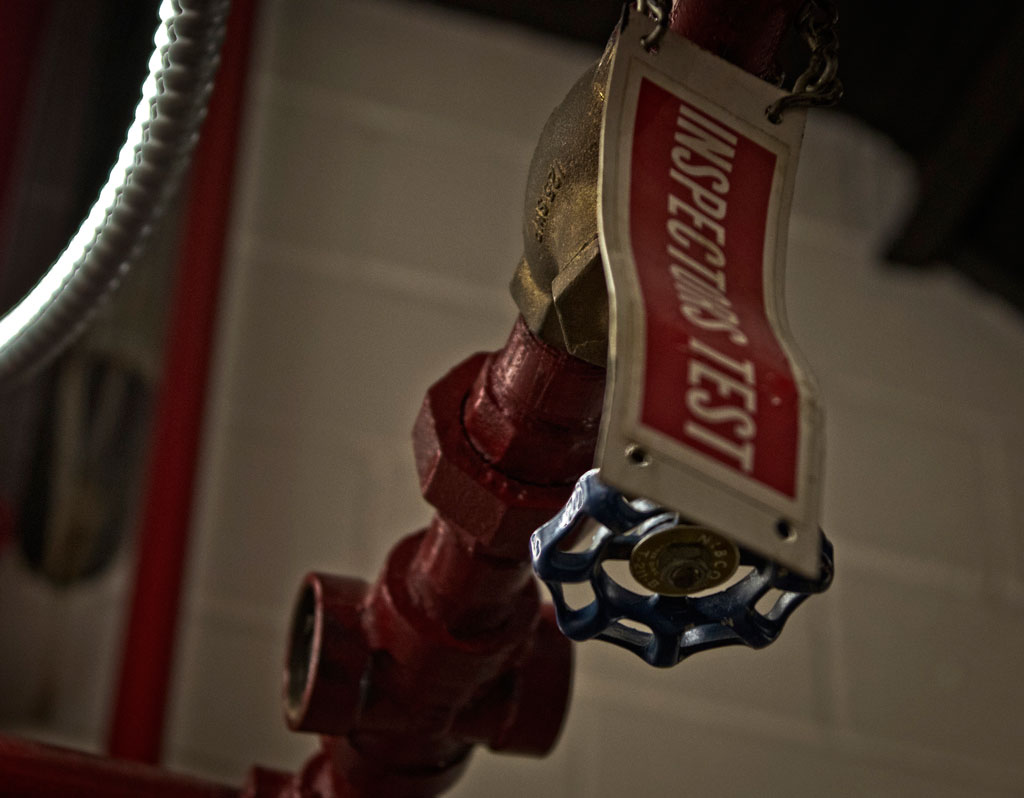
There are different types of fire extinguishers for different classes of fires; but, do you know what those classes are? Do you know what exactly Halotron 1 is? Have you ever heard the term Purple K? Unless you’re a contractor, firefighter, or a weirdo fire extinguisher aficionado, you probably don’t know what these terms mean (no offense to the fire extinguisher aficionados – we love you guys too). So let’s shed a little light on the mysterious world of fire extinguishers. Who knew there were different classes of fires? Personally, I just run in the opposite direction as fast as possible. Let me break down the classes of fires for the classiest class on the internet – you guys.
Class A Fires are considered ordinary combustible fires. Remember Smokey the Bear’s famous tag line? If you don’t, you must have been a terrible kindergartener. Anyway, the origin of wildfires – Smokey’s sole reason for being – often comes from campfires. Relatively small, contained fires that burn solid material fall into this class. They are easy to extinguish by simply depriving them of oxygen. For this type of fire you could use a Pressurized Water Extinguisher. Class B Fires are an interesting category. Like Class A they must be starved of oxygen in order to put out the fire, but Class B fires are fueled by flammable liquid or gas. Let’s say you have pool of gasoline on the floor of your house. First of all, insurance fraud is illegal so don’t do it again. Second, you could not put out this fire with a fire extinguisher only rated for Class A. Basically you would push around the gasoline which would further spread the fire. Towering inferno is not an attractive design aesthetic. For this type of fire you’ll want to use a Carbon Dioxide Extinguisher or, our good old friend, a Halotron 1 Fire Extinguisher. Class C Fires are electrical fires that we definitely do not want to use water or other electrically conductive materials on. You’d get such a jolt you never experienced and might not come back from. So for this type of fire, we’ll use a Dry Chemical Extinguisher. Class D and E Fires are generally not the concern of the lay person, but we’ll go over them anyway. Class D Fires involve combustible or flammable metals such as magnesium and titanium. Class E Fires originate from nuclear materials. We’re done with this section. Those types of fires are just terrifying. Stay away from nuclear plants kids. Finally we get to Class K Fires. Class K is specifically for fires originating from cooking oils and fats. An easy way to remember this class: K is for Kitchen. All commercial kitchens are required to have what is called a Purple K extinguisher which is a Wet Chemical Extinguisher.
So those are the classes of fires and the extinguishers to use for them. Don’t get too scared about choosing the correct extinguisher. Some extinguishers can be used for multiple types of fires. An
All Purpose Fire Extinguisher can be used for A, B, and C fires and Dry Chemical Extinguishers can be used for B and C fires. Often, the All Purpose is the type that you’ll see in a shopping mall or commercial building. It’s not a bad idea to have this type in your home as well. Like I said, towering inferno is not an attractive design aesthetic.


